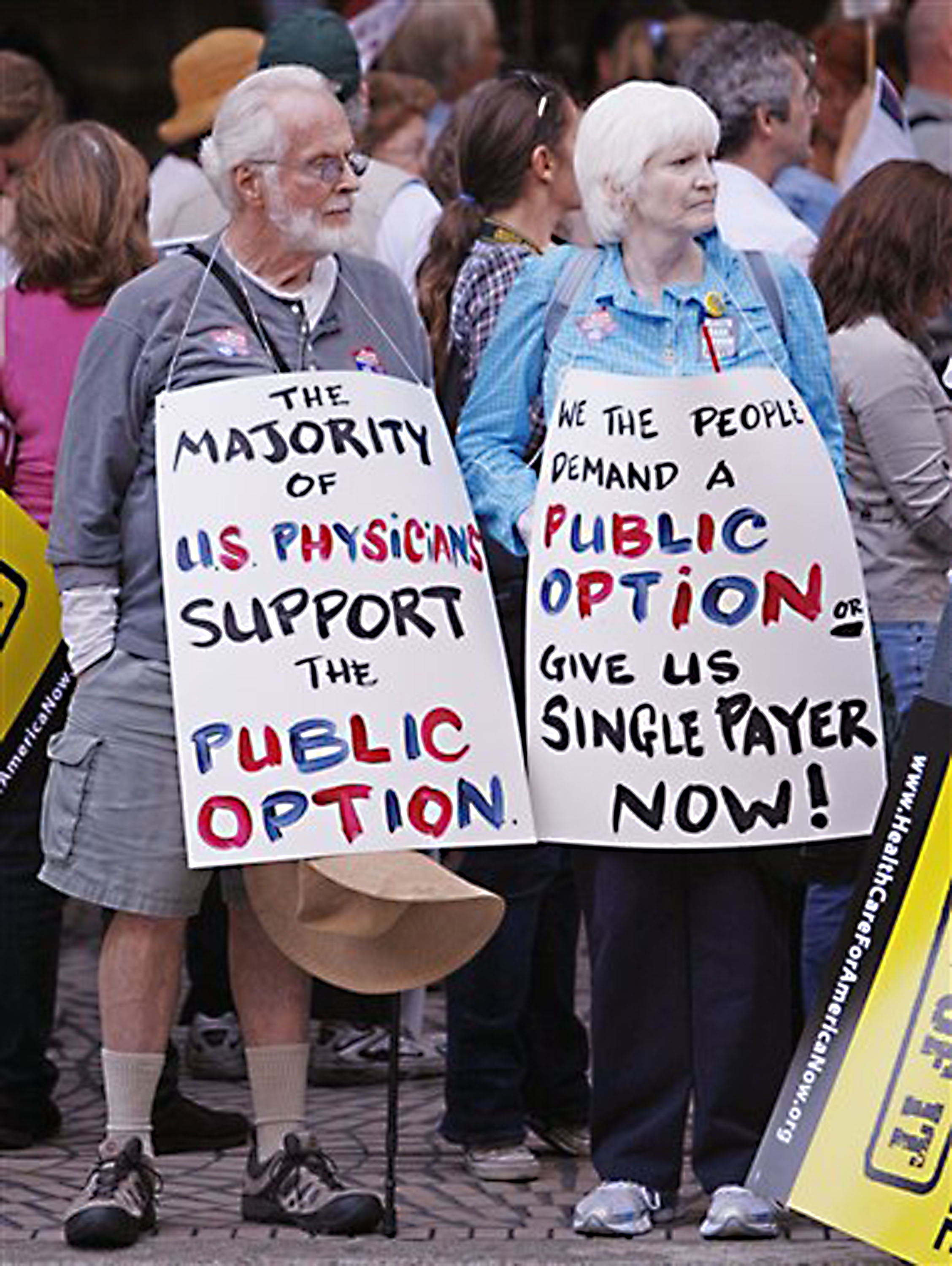Ryan DeOrdio
Staff Writer
In the first 2012 presidential debate, President Obama and Mitt Romney debated health care, among other issues. Romney advocated competition between private insurance and Medicare, while Obama stressed Medicare’s superiority. Both positions prove a public option is the solution to health care.
President Obama argued, “Medicare has lower administrative costs than private insurance does.”
Lower administrative costs means lower consumer cost; premiums would cover care more than salaries, advertising and the like. About two percent of premium prices are spent on Medicare administrative costs, compared to the 11 to 12 percent for private insurance, according to a May 24, 2011 Politifact.com report.
This proves government insurance would reduce costs for all Americans, not only Medicare recipients. Nearly 50 countries have universal health care, according to a June 29 CNN article. Universal health care is usually achieved through one of two ways.
One is a single-payer system, where the government provides insurance for all citizens, according to Physicians for a National Health Program. Considering health care cost accounts for 17.9 percent of 2011 gross domestic product (GDP), according to a June 12 Businessweek report, a single-payer system would drastically damage the economy.
The best universal health care approach is a public option. A public option is government-run health insurance that competes with private health insurance. The public option was part of an early draft of the Affordable Care Act, according to a CBS News article from Nov. 20, 2009. Medicare proves government insurance is less expensive than private options. This would force private companies to compete, resulting in inexpensive options.
The public option provides health care for those in need, and improves care for the insured. Those who can’t afford insurance would be covered by Medicaid, which the Affordable Care Act expanded eligibility to those earning $30,000 a year, effective 2014, according to a Texas Health and Human Services report. Those on the fringe of affordability would be insured at reduced cost, while the already insured would have lower cost and higher choice.
The public option is perceived as radically liberal, but it’s the most practical. Private insurers’ monopoly will end, while avoiding a single-payer system government monopoly. The competitive ideals in Romney’s Medicare plan are achieved, as are the Affordable Care Act’s goal of universal coverage.
Conservatives see the public option as increasing the “entitlement society.” This suggests only the financially successful deserve health care. This seems far from Franciscan, and the argument is closed-minded and selfish. It translates to “Your job doesn’t pay enough, so you don’t deserve to take care of yourself when you’re sick.”
The uninsured aren’t lazy, either. In 2011, less than half the country, 44 percent, received employer-provided health insurance, according to a Feb. 14 Gallup survey of 353,492 adults.
Public option opponents argue government-run health care increases costs, both individually and federally. However, lower premiums mean less-pricey plans. Employer-provided plans which take too much from take-home pay will either cost less or be picked up by Medicaid expansion. This reduces costs for business and increases employee income. Increased take-home pay means more spending money, which gives companies more money to hire. New hires means more tax payers providing funding for a public option.
The public option would make universal health care affordable. It fulfills conservative ideals of free-market competition, liberal ideals of universal health care, and American ideals for a healthier life, liberty from unaffordable and unfair insurance and an easier pursuit of happiness.
deordirr10@bonaventure.edu







